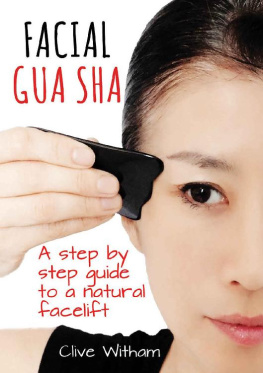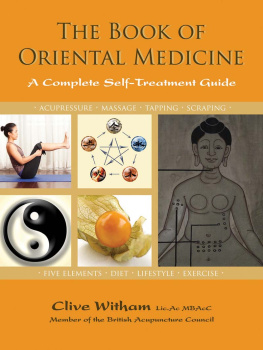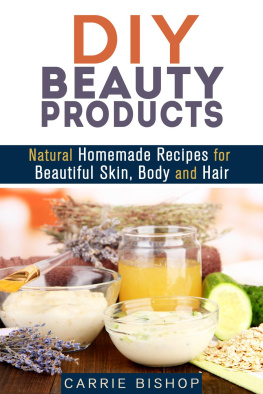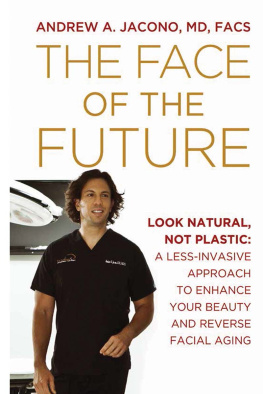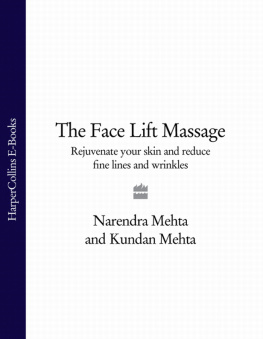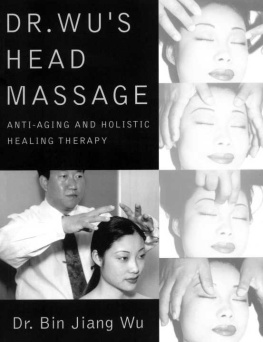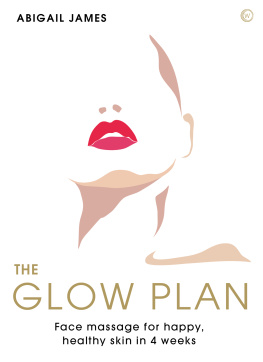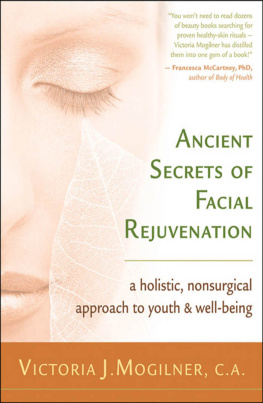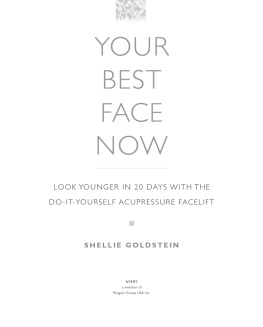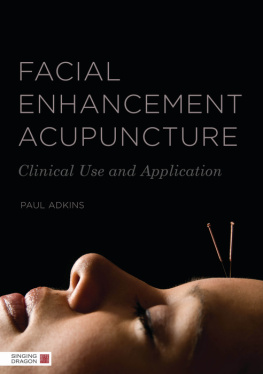The right of Clive Witham to be identified as the author of this work has been asserted by him in accordance with the Copyright, Designs and Patents Act 1998.
Published in Jan 2018 by Mangrove Press, UK.
All rights reserved. The contents of this book may not be reproduced in any form, except for short extracts for quotation or review, without the written permission of the publisher.
Disclaimer: The information in this book is given in good faith and is neither intended to diagnose any physical or mental condition nor to serve as a substitute for informed medical advice or care.
Please contact your health professional for medical advice and treatment. Neither the author nor the publisher can be held liable by any person for any loss or damage whatsoever which may arise from the use of this book or any of the information herein.
1. INTRODUCTION

BEAUTY IS BUSINESS
Let us start with some facts.
Fact 1: There are more than 20 million cosmetic procedures carried out worldwide every year and the number is growing substantially year upon year .
Fact 2: Most of these procedures take place in four countries: the USA, Brazil, South Korea and Japan.
Fact 3: Four million of these 20 million treatments are face and head procedures such as facelifts and eyelid surgery, and around 7 million are Botox injections.
With facelifts at around $6,000 and Botox treatments between $200 to $500 a-time, clearly large sums of money are changing hands in the pursuit of beauty. But more than the jaw-dropping amounts of money involved, the worrying thing is why are so many people so intent on changing their faces.
THE EGYPTIANS
The search for beauty is nothing new. It has been going on for thousands of years and involved all sorts of remedies both familiar and strange. Four thousand years ago, the ancient Egyptians were using animal oils, copper flakes, salt, earth, fish glue (which is gelatine made from the bladders of sturgeon fish in case you are wondering), vinegar and alabaster to improve skin texture . They had decided that an ideal face contained many rounded features such as a rounded, short nose, a rounded chin, a sloping forehead and thick lips.
THE GREEKS
While these features dominated the artful representation of Egyptian Pharaohs for millennia, the ancient Greeks decided to go one step further and mathematically calculate the correct facial proportions of beauty. They did this by deciding that the face should be divided into three sections: From the hairline to the eyes; from the eyes to the upper lip; and from the upper lip to the chin. For beauty to be established, the three sections had to be equal in height.
To this they added that the width of the face had to be in correct proportion to its length. To calculate exactly how big this proportion was, they drew on great philosophers and mathematicians like Plato (428 347 BCE) and Euclid (365 300 BCE) and applied the idea of the Golden Ratio - also known as phi after the 21st letter of the Greek alphabet - to the face. This meant that the length of the face should be 1.618 times the width, and width in turn should be 0.618 times the length. And so beauty had a number.
These ancient ideas stuck in the western world and feature greatly in art and sculpture especially from the renaissance period (1300 1600 CE) onwards. Leonardo da Vincis Mona Lisa is a classic example of the proportions of the golden ratio.

THE CHINESE
The ancient Chinese also had a stab at defining what it means to be beautiful. Cosmetic treatments known as Mei Rong can be dated all the way back to the Qin Dynasty (221-206 BCE) where herbs and acupuncture were used to try and preserve the youth and beauty of the court concubines .
They had a similar idea in dividing the face into three equal horizontal sections but they differed in the landmarks to do it: From the hairline to the eyebrows; from the eyebrows to the bottom of the nose; and from the bottom of the nose to the chin.
The width of the face was divided into five equal parts, each the width of an eye. This classification was called three stops and five eyes and later became known as the vertical thirds and horizontal fifths rule .
BEYOND THE CALCULATIONS
The fact that beauty has been mathematically quantified is fine as an academic exercise but does not however take into account that we see life through different eyes. What represents beauty for one person may not represent beauty for another. Indeed it should not take you too long to think of someone who is generally regarded as beautiful but who does not fit into these proportions .
THE BEAUTY WITHIN
Beauty is therefore more about our perceptions of the world around us than any social norm. And this perception comes from our own emotional-psychological make-up that we bring with us to any perceived preference. To put it in other words, our own beauty and those of others is a direct reflection of our emotional, physical, mental, spiritual state inside our own bodies. Despite what we are bombarded with on a daily basis through media channels, it is not the sum reflection of the first layer of skin that surrounds your body and the muscles and bones that support it. We are essentially who we are inside. Not outside. Beauty shows itself when the internal balance of your body is at its optimum level and what is inside quite literally radiates outwards.
A NATURAL SOLUTION
Which brings me to the point of this book. It is not about getting a quick fix. It is not about the latest cosmetic fad. It is not about changing to what other people tell you that you should be. It is all about enhancing who you are. How you look. Both inside and outside. It is about how the present and the past has impacted on making you the person reading this right now. It is about using that information and bridging the gap, either perceived or real, between the past you and the present you. The natural facelift in the title is referring not only to the cosmetic idea of changes at the skin level but equally at changing the face we show to the outside world. An external and internal facelift. In this way it can help to lift the veil which can often obscure the real you.
2. WHAT IS FACIAL GUA SHA?

SCRAPING YOUR SKIN
In China, where Gua sha is used as part of treatments to reduce the effects of aging and enhance the skin, it is claimed that regular facial Gua sha can promote the growth of new skin cells, help renew your complexion and reduce clogged pores, control acne, tighten the chin and enhance the ability of your skin to absorb make-up products . You may be wondering how the simple action of scraping the skin without any special creams or oils or lotions or ointments or cleansing milks or serums or masks or magical ingredients of any kind, can actually do anything close to this. Perhaps you are thinking that it is in fact a superficial beauty fad, created out of thin air to make someone super rich. After all, in facial Gua sha, all that occurs is you drag a blunt flat object along the skin of your face, head, neck and other areas of the body to stimulate your skin. That blunt object may be an expensive state of the art Gua sha board or it may be a simple Chinese soup spoon. You can spread your face with the latest beauty products for lubrication or you can just use any face oil.

